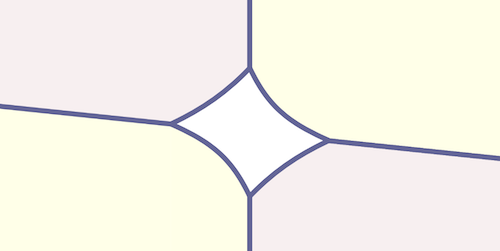Spin–Orbit-Coupled Electrons May Form Superconducting Pairs
When an electron moves in the electric field of another electron, special relativity dictates that it feels a magnetic field that couples to the electron’s spin. This so-called pair spin–orbit interaction (PSOI) made its debut in 1929 [1], but it was long thought to be too puny to influence the electronic properties of solids. Now Yasha Gindikin and Alex Kamenev of the University of Minnesota have proposed that in certain materials, PSOI is strong enough to engender unconventional superconductivity [2].
Gindikin and Kamenev analyzed the PSOI in a class of materials that exhibit another type of spin–orbit coupling associated with the Rashba effect. This effect has been studied for decades, owing to the possibility of creating spin-polarized currents of electrons without the need to apply a magnetic field—a key feature for voltage-controlled spintronic devices. The Rashba effect can arise in a crystal lacking inversion symmetry, where spin-up and spin-down electrons split into different conduction bands. The Rashba effect gained interest with the discovery and development of materials in which the effect is stronger than originally expected.
The researchers’ calculations show that the PSOI is also particularly strong in these Rashba systems. What’s more, according to their calculations, the PSOI can induce electrons to pair up and produce a superconducting state. Although the pairing symmetry differs in 2D and 3D, in both cases it has odd parity, meaning that the system would be an unconventional superconductor. Gindikin and Kamenev predict that such a state would be easily disrupted by even modest concentrations of impurities, yet it could be detectable in ultrapure samples at temperatures of a few hundred millikelvin.
–Charles Day
Charles Day is a Senior Editor for Physics Magazine.
References
- G. Breit, “The effect of retardation on the interaction of two electrons,” Phys. Rev. 34, 553 (1929).
- Y. Gindikin and A. Kamenev, “Electron interactions in Rashba materials,” Phys. Rev. B 111, 035104 (2025).




